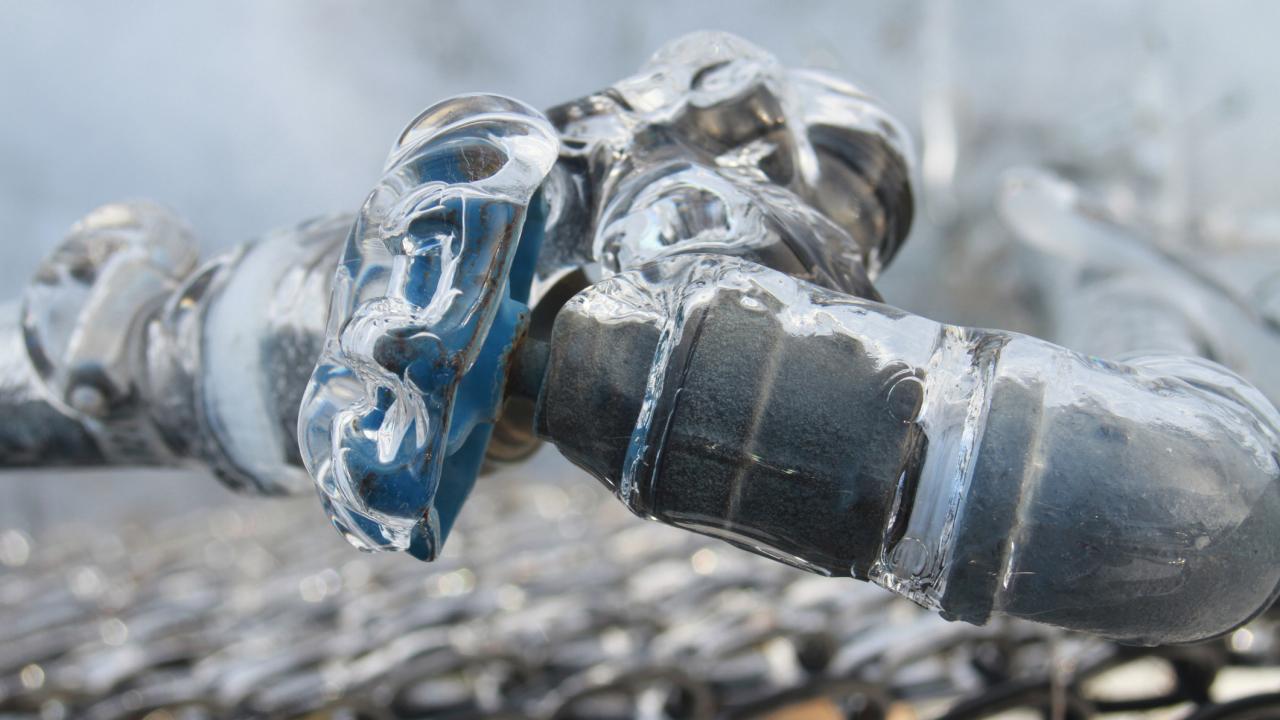Essential Advice for Avoiding Frozen Plumbing in Winter Seasons
Essential Advice for Avoiding Frozen Plumbing in Winter Seasons
Blog Article
How do you actually feel when it comes to Preventing and dealing with frozen pipes?

Cold weather can damage your pipes, particularly by freezing pipelines. Here's exactly how to avoid it from happening and what to do if it does.
Introduction
As temperature levels drop, the threat of icy pipelines rises, possibly resulting in pricey repairs and water damage. Recognizing exactly how to avoid icy pipes is vital for home owners in cool climates.
Prevention Tips
Protecting prone pipes
Cover pipelines in insulation sleeves or utilize warmth tape to safeguard them from freezing temperatures. Concentrate on pipelines in unheated or external locations of the home.
Home heating techniques
Keep indoor areas properly heated up, particularly locations with plumbing. Open cabinet doors to enable cozy air to circulate around pipes under sinks.
Just how to determine icy pipelines
Try to find lowered water circulation from taps, uncommon smells or sounds from pipelines, and noticeable frost on subjected pipelines.
Long-Term Solutions
Architectural adjustments
Think about rerouting pipelines far from outside walls or unheated areas. Include extra insulation to attics, basements, and crawl spaces.
Updating insulation
Buy premium insulation for pipelines, attic rooms, and wall surfaces. Correct insulation helps keep consistent temperatures and minimizes the threat of frozen pipes.
Safeguarding Exterior Plumbing
Yard hoses and outdoor taps
Disconnect and drain garden pipes prior to winter months. Set up frost-proof faucets or cover exterior taps with protected caps.
Comprehending Icy Pipes
What causes pipelines to ice up?
Pipes ice up when exposed to temperatures below 32 ° F (0 ° C) for expanded periods. As water inside the pipelines ices up, it expands, taxing the pipeline wall surfaces and potentially creating them to break.
Threats and problems
Frozen pipelines can bring about water supply interruptions, home damage, and costly repair services. Ruptured pipelines can flood homes and trigger substantial architectural damages.
Indicators of Frozen Piping
Recognizing icy pipelines early can stop them from bursting.
What to Do If Your Pipes Freeze
Immediate activities to take
If you suspect icy pipelines, maintain taps open to alleviate stress as the ice thaws. Make use of a hairdryer or towels soaked in hot water to thaw pipelines gradually.
Conclusion
Stopping icy pipelines needs proactive measures and quick feedbacks. By recognizing the reasons, indicators, and safety nets, home owners can secure their plumbing throughout winter.
5 Ways to Prevent Frozen Pipes
Drain Outdoor Faucets and Disconnect Hoses
First, close the shut-off valve that controls the flow of water in the pipe to your outdoor faucet. Then, head outside to disconnect and drain your hose and open the outdoor faucet to allow the water to completely drain out of the line. Turn off the faucet when done. Finally, head back to the shut-off valve and drain the remaining water inside the pipe into a bucket or container. Additionally, if you have a home irrigation system, you should consider hiring an expert to clear the system of water each year.
Insulate Pipes
One of the best and most cost-effective methods for preventing frozen water pipes is to wrap your pipes with insulation. This is especially important for areas in your home that aren’t exposed to heat, such as an attic. We suggest using foam sleeves, which can typically be found at your local hardware store.
Keep Heat Running at 65
Your pipes are located inside your walls, and the temperature there is much colder than the rest of the house. To prevent your pipes from freezing, The Insurance Information Institute suggests that you keep your home heated to at least 65 degrees, even when traveling. You may want to invest in smart devices that can keep an eye on the temperature in your home while you’re away.
Leave Water Dripping
Moving water — even a small trickle — can prevent ice from forming inside your pipes. When freezing temps are imminent, start a drip of water from all faucets that serve exposed pipes. Leaving a few faucets running will also help relieve pressure inside the pipes and help prevent a rupture if the water inside freezes.
Open Cupboard Doors
Warm your kitchen and bathroom pipes by opening cupboards and vanities. You should also leave your interior doors ajar to help warm air circulate evenly throughout your home.

We had been guided to that write-up about How to Prevent Your Pipes From Freezing from an acquaintance on our other web blog. So long as you enjoyed reading our blog posting if you please be sure to pass it around. We cherish your readership.
View Report this page